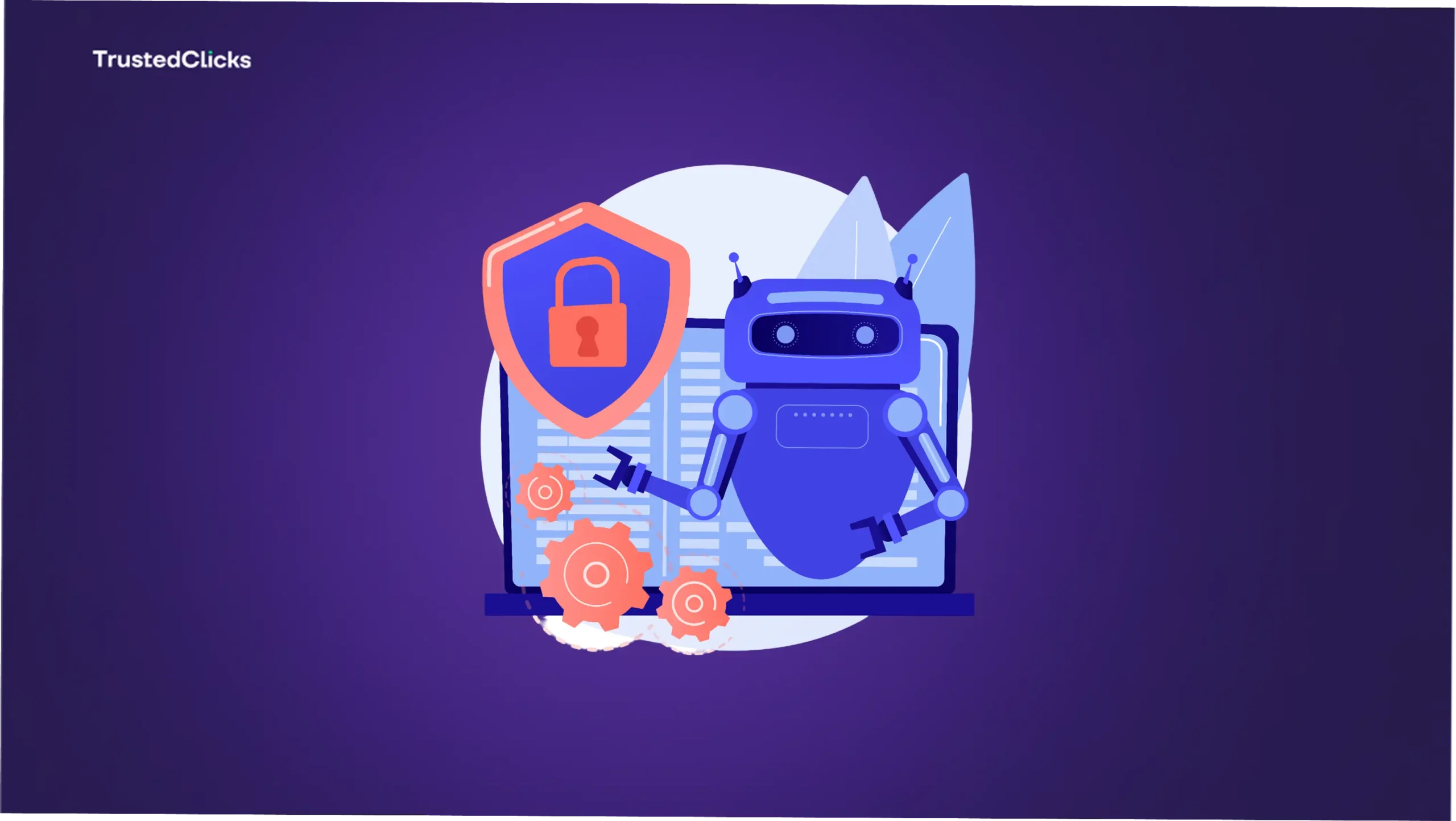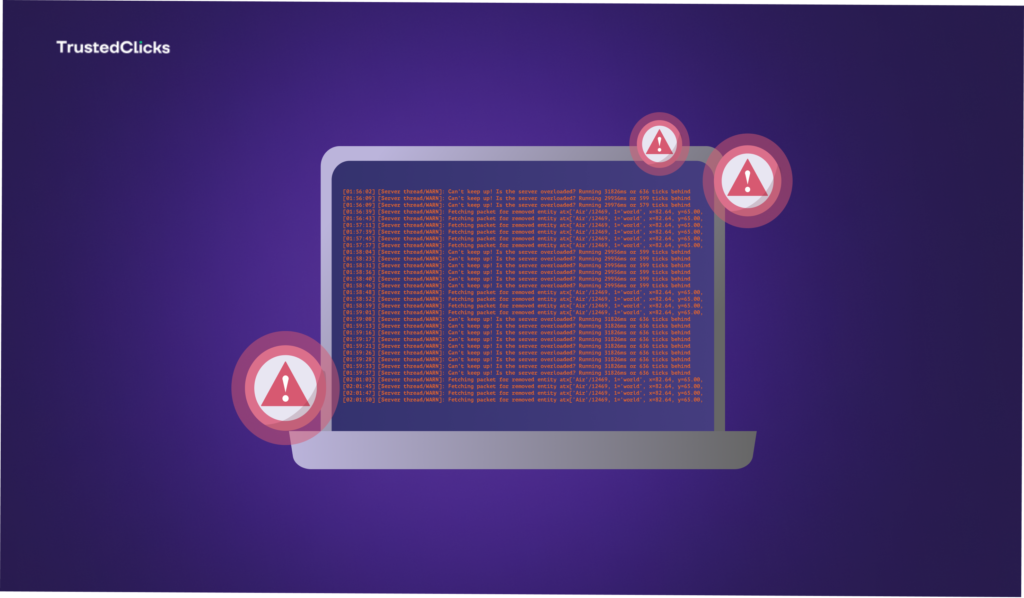- Website security
Cybersecurity 101: Using IP Location Data to Detect Suspicious Activity


Cybersecurity threats are constantly evolving, making it crucial for businesses and individuals to stay vigilant. One effective method of identifying and mitigating security risks is through IP location tracking. By monitoring and analyzing IP addresses, security teams can detect anomalies and prevent unauthorized access. Whether it’s tracking exact IP location to identify a hacker’s origin or analyzing login attempts from unusual locations, IP intelligence plays a vital role in modern cybersecurity.
IP Location Tracking
IP location tracking is the process of determining the geographical location of a device based on its IP address. Every device connected to the internet has an IP (Internet Protocol) address, which contains data that can be used to estimate the user’s location, including:
Country
Region/State
City
ISP (Internet Service Provider)
Latitude and Longitude (approximate)
Check location of your IP address by visiting tools like WhoerIP or TrustedClicks.
How IP Location Data Helps Detect Suspicious Activity
This information is crucial for cybersecurity teams in detecting and responding to threats such as unauthorized access attempts, fraudulent transactions, and phishing attacks.
Identifying Unusual Login Attempts
One of the most common uses of IP tracking is monitoring login attempts. If a user who typically logs in from New York suddenly attempts to access an account from an IP address in Russia, it could indicate a compromised account. Many security systems flag such incidents and trigger additional authentication steps (e.g., two-factor authentication) to prevent unauthorized access.
Blocking Malicious IP Addresses
Cybersecurity teams maintain databases of known malicious IP addresses associated with cybercriminals, botnets, and hackers. If an incoming request originates from a blacklisted IP, security systems can automatically block access, preventing potential threats such as:
DDoS (Distributed Denial-of-Service) attacks
Brute-force login attempts
Phishing attempts
Preventing Fraudulent Transactions

Financial institutions and e-commerce platforms use IP location tracking to detect fraudulent transactions. If a user’s credit card is being used in a different country from their usual location, the system may flag the transaction for review or block it entirely.
Detecting and Mitigating Bot Traffic
Bots are often used for malicious purposes, including scraping sensitive data, launching automated attacks, or spamming websites. Many cybersecurity tools analyze IP addresses to distinguish between legitimate users and bot traffic. If multiple requests are coming from the same IP or an unusual location, the system can restrict access or implement CAPTCHA verification.
Monitoring Network Traffic for Anomalies
Organizations monitor network traffic patterns to detect irregularities. For instance, if a company’s internal network is accessed from an unexpected geographic location, it may indicate a security breach. Advanced security tools use real-time IP tracking to alert administrators to potential threats.
Best Practices for Using IP Tracking in Cybersecurity
Implement Multi-Factor Authentication (MFA)
Relying solely on IP location tracking is not enough. Combining it with MFA adds an extra layer of security by requiring users to verify their identity through an additional method, such as a mobile OTP or biometric authentication.
Use Geofencing to Restrict Access
Geofencing involves setting up location-based restrictions, allowing access only from specific regions. For instance, a company can restrict employee access to internal systems to only their home country to minimize external threats.
Regularly Update IP Blacklists and Whitelists
Maintain an updated list of known malicious IP addresses to prevent cybercriminals from accessing systems. Similarly, whitelisting trusted IP addresses ensures that legitimate users are not mistakenly blocked.
Leverage AI and Machine Learning for Anomaly Detection
Artificial intelligence (AI) and machine learning algorithms can analyze large sets of IP location data to detect unusual patterns. Automated threat detection systems can identify potential cyber threats in real-time and take immediate action.
Educate Employees and Users on Cybersecurity Best Practices
Awareness is key to preventing cyber threats. Employees and users should be educated on how cybercriminals use IP tracking and how they can secure their accounts, including avoiding public Wi-Fi for sensitive transactions and using VPNs when necessary.
Limitations and Ethical Considerations
While IP location tracking is a powerful tool, it has some limitations and ethical concerns:
Accuracy Issues: IP location data is not always precise, especially for mobile users or those using VPNs and proxies.
Privacy Concerns: Collecting and storing users’ location data must comply with privacy regulations like GDPR and CCPA.
Bypassing Techniques: Cybercriminals can mask their true location using VPNs or TOR networks, making it harder to detect suspicious activity.
Frequently Asked Questions
What is IP tracking ?
IP tracking involves monitoring and analyzing the IP addresses of devices that connect to a network. This data is crucial for establishing
communication between devices, as it enables the network or remote device to identify and authenticate the connecting device. Beyond
facilitating connections, IP tracking is essential for pinpointing the geographical locations of users, detecting potential security risks, and
managing network traffic efficiently.
In the realm of cybersecurity, IP tracking is a critical tool for identifying and mitigating threats. It helps to recognize suspicious activities, such as
unauthorized access attempts, brute-force attacks, or bot activity, by analyzing patterns linked to high-risk IP addresses. It provides real-time
alerts and helps block malicious users before they can cause harm.
How can I find the exact location of an IP address ?
Finding an IP address involves several steps, typically using tools or services that provide information about the location and identity of the IP owner. First,
you need to identify the IP address you want to track, which can be obtained from server logs, online interactions, or through various network tools. Once you
have the IP address, you can use an IP lookup service or geolocation tool to find the general location associated with that address. These tools rely on databases
from multiple Geo IP providers to map the IP to geographic information like the country, region, city, and approximate latitude and longitude.
Does IP change with location ?
Yes, your IP address can change depending on your location. When you connect to a different internet network, such as at a café, hotel, or public Wi-Fi, you’ll receive a new IP address based on that network’s location and your device. However, when using your home network, your home IP address stays the same.
Final Words
Using IP location tracking is a vital part of modern cybersecurity, helping organizations detect and prevent suspicious activity. By tracking exact IP locations, businesses can identify unauthorized access, block malicious traffic, and reduce the risk of fraud. However, IP tracking should be combined with other security measures like MFA, AI-powered detection, and user education to maximize protection. As cyber threats continue to evolve, leveraging IP intelligence will remain a key strategy in safeguarding digital assets and personal information.
Table of Contents
Join our community!
Subscribe to our newsletter for the latest updates, exclusive content, and more. Don’t miss out—sign up today!
Recent Posts

Explore IP Geolocation To Understand and Utilize Location Data in the Digital Age
- 3 mins read

Using IP Geolocation for Fraud Prevention and Risk Management
- 6 mins read

Understanding IP Reputation: What It Is and Why It Matters
- 3 mins read



